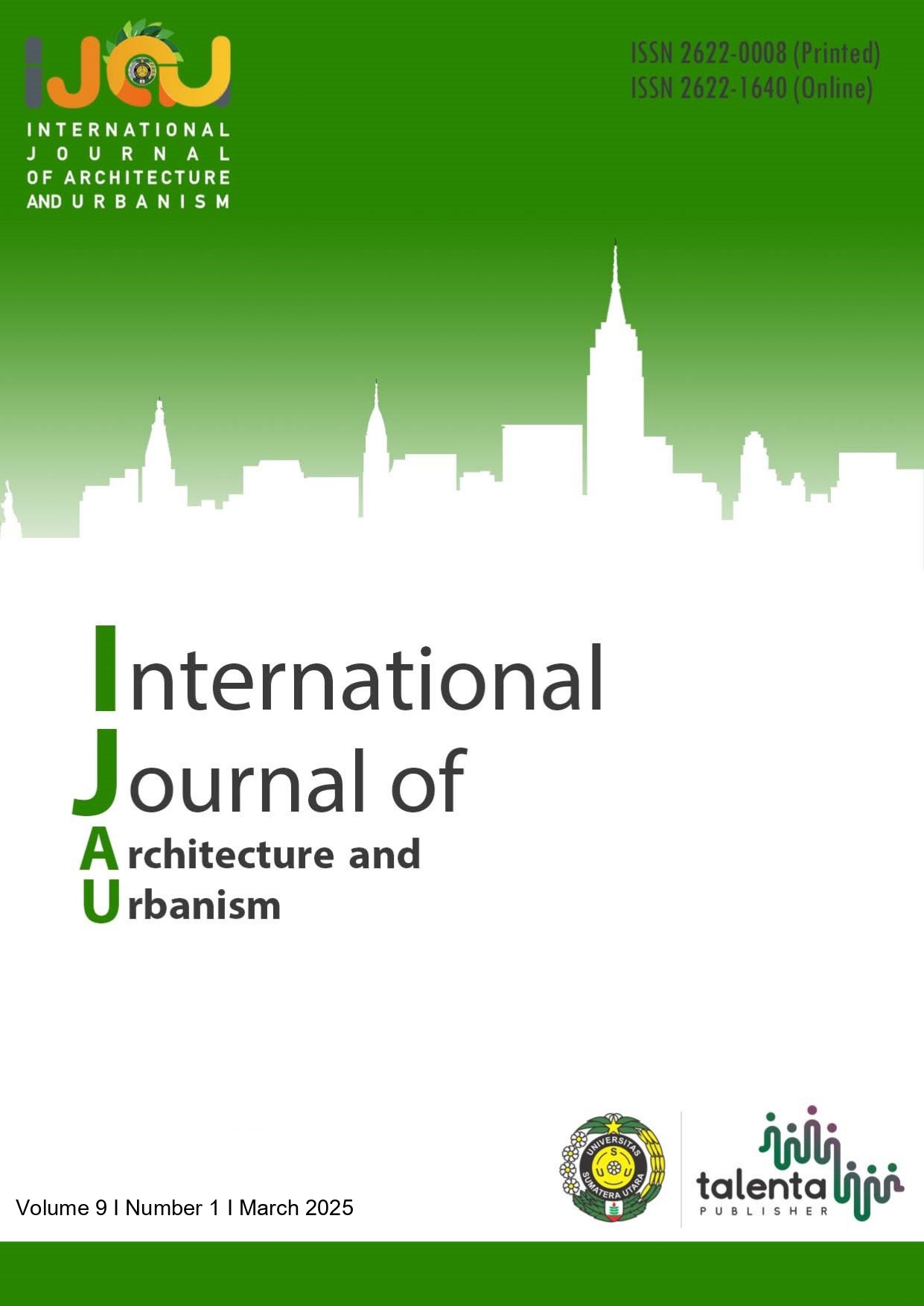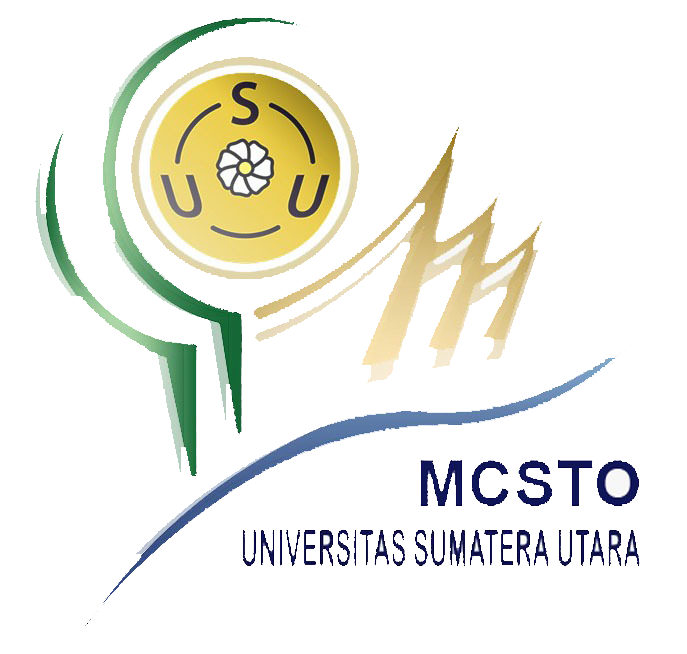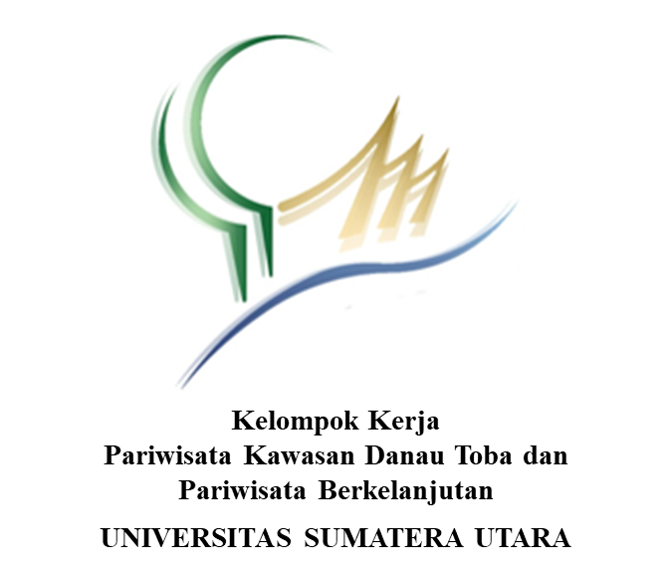Green Space and Housing Morphology Analysis in Medan Helvetia District: An Urban Environmental Study
DOI:
https://doi.org/10.32734/ijau.v9i1.18871Abstract
Population growth and urban development will increase, but the existence of environmental balancers such as green open spaces does not accompany the impact of the growth that occurs. It can result in a decrease in the quality of the urban environment. To study the ebb and flow of development and design of a settlement can be done through settlement morphology. This study aims to examine the availability of green space and housing morphology patterns in Medan Helvetia District as part of an effort to understand the dynamics of the urban environment. The method used is descriptive qualitative; data collection is carried out in two ways, namely primary data through observation and documentation, while secondary data through several reference sources from scientific journals related to green space and housing morphology, Google Earth, Google Maps, Medan City RDTR, and similar websites. The data that has been collected will be analyzed through qualitative methods. The study results indicate that the availability of green space in Helvetia District still needs to meet the standards for green space in Medan City. There are variations in the distribution of green space and housing morphology patterns that are influenced by population growth factors, spatial planning policies, and city infrastructure development. This finding contributes to sustainable urban environmental planning in Medan Helvetia District, especially in providing green space and regulating housing development patterns.
Downloads
Downloads
Published
How to Cite
Issue
Section
License
Copyright (c) 2025 International Journal of Architecture and Urbanism

This work is licensed under a Creative Commons Attribution-ShareAlike 4.0 International License.











.png)





